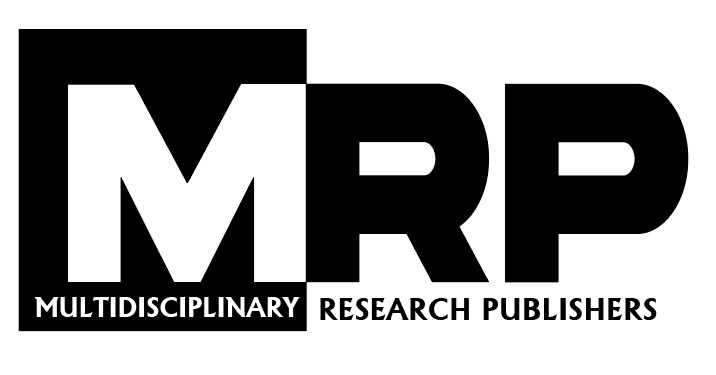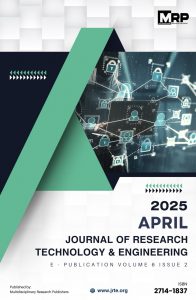Downloads
Removal of CO2 from gas streams is one of the essential gas separation processes in many industrial areas such as natural gas processing, flue gas treatment, biogas purification, etc. The separation of CO2 by gas-liquid membrane contactor modules are promising alternative to conventional techniques such as column absorption. In membrane contactor absorption processes the porous hydrophobic membrane acts as a fixed interface between the gas and the liquid phase without dispersing one phase into another. Proper choice of absorption liquids plays a vital role in determining the performance of gas-liquid membrane contactors for CO2 separation. Alkanolamines are the widely used chemical absorbents for CO2 capture. Although CO2 absorption by alkanolamines is a very matured technology and has been commercialized for many decades it has many draw backs such as low CO2 loading capacity, high equipment corrosion rate, amine degradation, high energy consumption during high temperature absorbent regeneration and large equipment size. Amino acid salts are attractive solvents due to their unique properties over other solvents such as low environmental impact, high biodegradability, negligible volatility, high resistance to oxidative degradation, viscosities, and surface tensions similar to water. Recently ammonia is identified as an emerging chemical absorbent due to its lower energy demand for regeneration. TheCO2 absorption capacity of Ammonia is comparable to amine CO2 absorption capacity even though ammonia is cheaper than alkanolamines. In addition ammonia is not corrosive and does not suffer from thermal or oxidative degradation like amines. On the contrary, reusable products can be formed. However, the main operation problem, ammonia slip from the aqueous ammonia solution, limit the widespread use of this hopeful absorption liquid.
Written by JRTE
ISSN
2714-1837
| M | T | W | T | F | S | S |
|---|---|---|---|---|---|---|
| 1 | 2 | 3 | 4 | |||
| 5 | 6 | 7 | 8 | 9 | 10 | 11 |
| 12 | 13 | 14 | 15 | 16 | 17 | 18 |
| 19 | 20 | 21 | 22 | 23 | 24 | 25 |
| 26 | 27 | 28 | 29 | 30 | 31 | |
Our Visitors






 Users Today : 18
Users Today : 18 Total Users : 32780
Total Users : 32780 Views Today : 33
Views Today : 33 Total views : 88474
Total views : 88474 Who's Online : 0
Who's Online : 0 Your IP Address : 216.73.216.44
Your IP Address : 216.73.216.44

